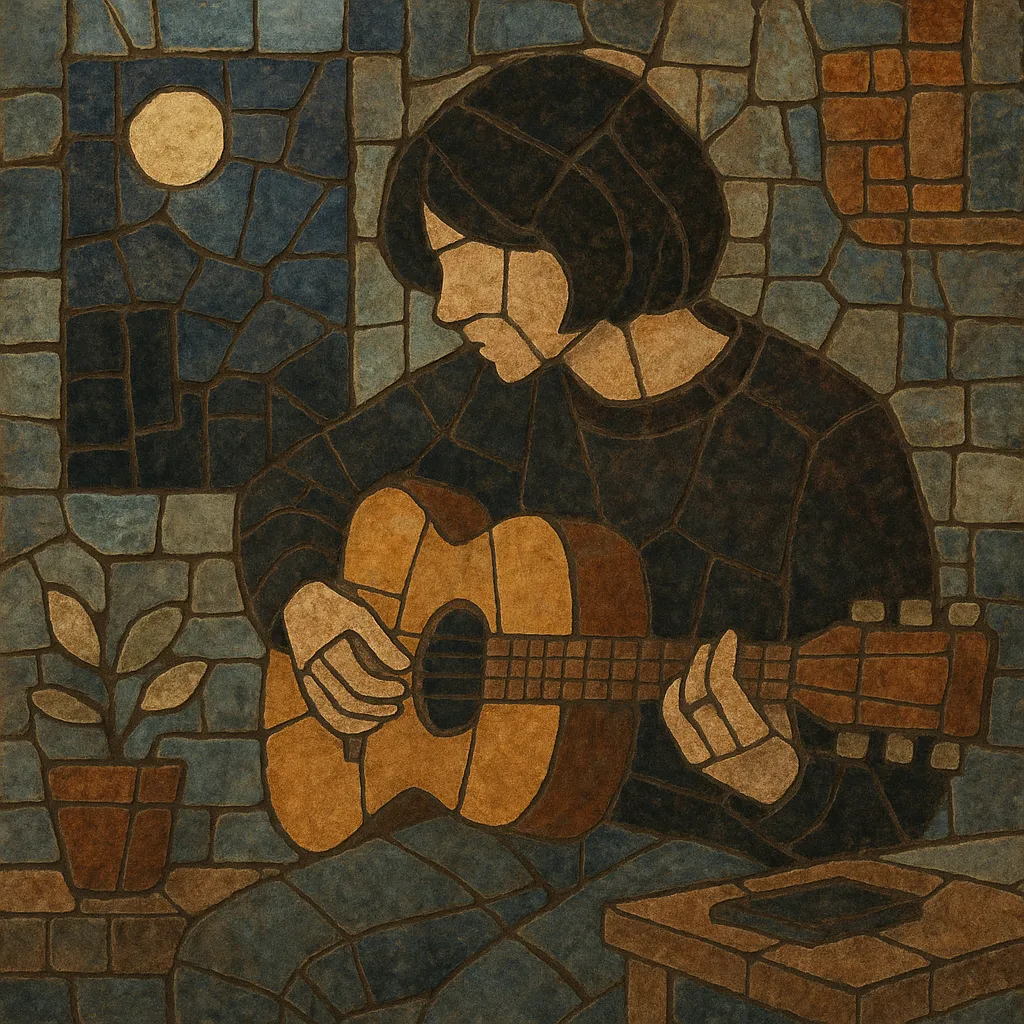
Lo-fi indie is a branch of indie rock and pop that embraces the aesthetic of imperfection: home-recorded songs with tape hiss, clipped peaks, room noise, and intimate, unpolished performances.
Rooted in the DIY ethos of American underground scenes, it values songwriting, personality, and atmosphere over high-end studio sheen. The sound ranges from fuzzy guitar rock to hushed acoustic ballads, but its core identity lies in intimate vocals, deceptively simple arrangements, and production choices that foreground warmth, immediacy, and a handmade feel.
The genre spans from the four-track cassette era of the late 1980s/1990s to laptop-based bedroom projects of the 2010s, maintaining a continuous lineage of self-sufficiency, small labels, and community-driven distribution.
Lo-fi indie emerged in the United States as a songwriting-forward, DIY reaction to slick mainstream production. Inspired by the punk rock ethos and the tape-trading indie underground, artists used four-track cassette recorders and inexpensive gear to capture raw, immediate performances. K Records and similar micro-scenes encouraged the idea that sincerity and creativity mattered more than fidelity.
Throughout the 1990s, bands like Guided by Voices, Pavement, and Sebadoh popularized the aesthetic, mixing jangly guitars, noise pop textures, and whimsical or confessional lyrics. The sound ranged from fuzzed-out, hooky rock to fragile folk-leaning sketches, but the shared thread was an unvarnished, personal approach that made records feel like musical diaries.
As affordable digital recording became common, lo-fi indie adapted without losing its character. Artists such as The Microphones/Mount Eerie, Neutral Milk Hotel’s enduring influence, Duster’s reappraisal, and later Car Seat Headrest and Alex G carried the spirit into the laptop era. Blog culture, Bandcamp, and streaming platforms amplified bedroom-based releases, helping lo-fi aesthetics influence adjacent movements like hypnagogic pop and chillwave.
Lo-fi indie continues as a vibrant mode rather than a fixed formula: a flexible set of values—intimacy, economy, and self-recorded charm. It remains a gateway for emerging artists and a touchstone for listeners seeking human-scale recordings that foreground emotion and songcraft over pristine polish.

